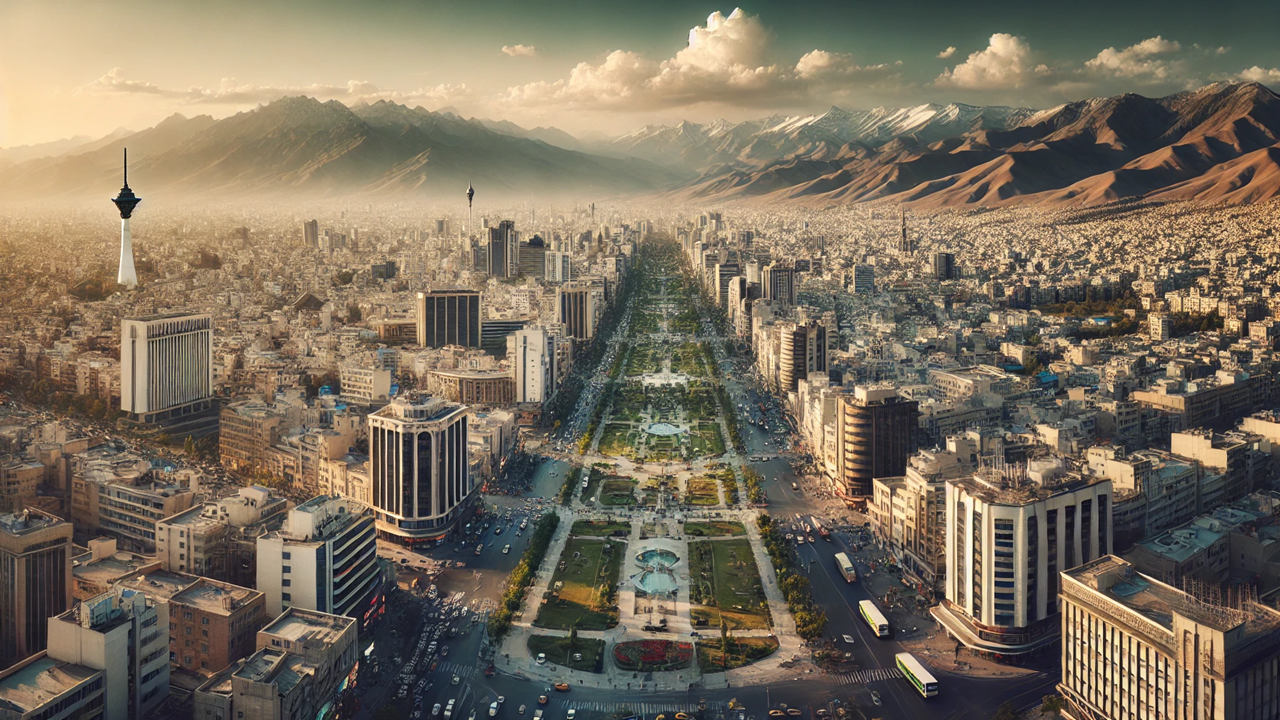Iranian Economy Defies Sanctions, But Challenges Loom
Iran's economy has shown resilience with four years of consecutive growth, primarily driven by the oil sector. However, significant challenges remain due to ongoing sanctions, geopolitical tensions, and structural economic issues. Employment has improved, but labor market participation, particularly among women, remains low. Inflation is high, but poverty and inequality have seen some improvements. Future growth is projected to slow, with risks from external shocks and climate change.

Steady Growth Amid Sanctions
Iran's economy continues to grow despite the weight of international sanctions and geopolitical tensions. According to the latest Iran Economic Monitor from the World Bank, the nation has recorded four consecutive years of economic expansion. Real GDP grew by 5% year-over-year from April to December 2023, a robust performance driven largely by the oil sector and services.
The oil sector has been a significant driver, expanding by 16.3% thanks to a tighter global oil market and somewhat relaxed enforcement of U.S. sanctions. Non-oil sectors have also contributed, with a 3.5% growth supported by domestic demand and exports to neighboring countries. However, the report highlights Iran's economic imbalances, policy distortions, and the ongoing cost of sanctions, which create a challenging environment for sustaining growth.
Employment Gains, but Challenges Persist
Employment figures show an encouraging trend. The labor market has bounced back, with employment surpassing pre-pandemic levels by growing 3.3% in 2023/24. This improvement decreased the unemployment rate to a record low of 8.1%.
Despite these gains, the labor market faces several challenges. Female participation in the workforce remains particularly low at just 14.2%, and high unemployment rates persist among women, youth, and university graduates. Additionally, the emigration of skilled workers and an aging population pose long-term challenges for Iran's labor market.
Fiscal and External Sector Struggles
The fiscal situation remains precarious. Government revenues in 2023/24 fell short of expectations, with only 73% of budgeted revenues collected. Oil revenues were particularly disappointing, achieving just 55% of their target due to substantial discounts on Iranian oil exports. Tax revenues performed better, hitting 90% of their target, driven mainly by income and corporate taxes.
To manage the shortfall, the government cut expenditures and resorted to borrowing from the National Development Fund and the banking system. These fiscal measures, while necessary, highlight the ongoing vulnerability of Iran's economic structure.
Externally, Iran's economic situation is complicated by a decline in oil prices and increased imports, which narrowed the current account surplus. While goods exports decreased slightly, imports grew by 10.9%, resulting in a non-oil trade deficit. This situation is exacerbated by Iran's concentrated trade relationships, which make it particularly susceptible to economic shocks from its key trading partners.
Inflation and Social Improvements
Inflation remains a critical issue. In 2023/24, consumer price inflation (CPI) averaged around 40.7%, driven by food prices and housing costs. However, inflation eased from 55.5% in April 2023 to 31% in May 2024 due to lower global commodity prices and moderated inflationary expectations stemming from limited progress in U.S. negotiations.
On a positive note, recent trends indicate progress in reducing poverty and improving income inequality. Between 2020/21 and 2022/23, poverty rates decreased by 7.4 percentage points, lifting approximately 6.1 million Iranians above the poverty line. This improvement was driven by inclusive growth and supplemental cash transfers, although regional disparities remain significant, with rural poverty rates more than twice as high as urban areas.
Outlook and Risks
Looking ahead, the economic outlook is cautious. GDP growth is expected to moderate to an annual average of 2.8% from 2024/25 to 2026/27. Factors such as weaker global demand, ongoing sanctions, energy shortages, and geopolitical tensions are expected to constrain growth.
Significant risks loom over Iran's economic future. A sharper decline in global demand and oil prices could severely impact economic growth and limit the fiscal space needed for pro-growth measures. The country also faces the growing threat of climate change, with frequent extreme weather events posing risks to agricultural production and food security.
Conversely, the removal or easing of sanctions could provide a significant boost to both oil and non-oil sectors. Enhanced economic integration and investments with neighboring countries could open new growth opportunities, fostering technology transfer and diversification of exports.
- FIRST PUBLISHED IN:
- Devdiscourse
ALSO READ
Govt Unveils Employment Action Plan to Boost Workforce Participation
Mandaviya Engages Trade Unions on Employment-Linked Incentive Scheme
Dollar Steadies Amid Key U.S. Inflation Data Anticipations
Bank of Mexico Revises Economic Growth Projections Amid Persistent Inflation
Bank of Mexico's Diminished Growth Forecasts Amid Inflation










